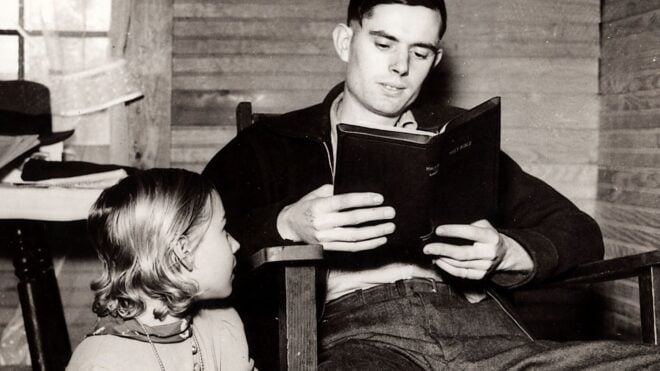In 1692, 19 people were hanged in the colonial town of Salem in Massachusetts. The Puritan members of the community believed in the existence of demons and witches, and accused 14 women and 5 men of witchcraft and sentenced them to hang.
Historians have theorized a number of different reasons for the dark event of mass hysteria that occurred in Salem, but were unsure of the site of the hangings. Though eye witness accounts exist of the hanging, the exact location was subject to local legends and remained an unexplained mystery until recently.
The location was formerly believed to be Gallows Hill, and is considered one of the most haunted sites in the US. But recent findings have discovered that a set of rocks known as Proctor's Ledge was the site of the Salem with hangings in 1692.
Nowadays Proctor's Ledge is nothing more than an abandoned patch of woods behind a Walgreen's pharmacy.
Scroll through below to learn more about the Salem witch trials and the discovery of the location of the hangings.
Have you ever been to Salem, Massachusetts? Let us know in the comments!
[H/T: Huffington Post, Boston Globe]
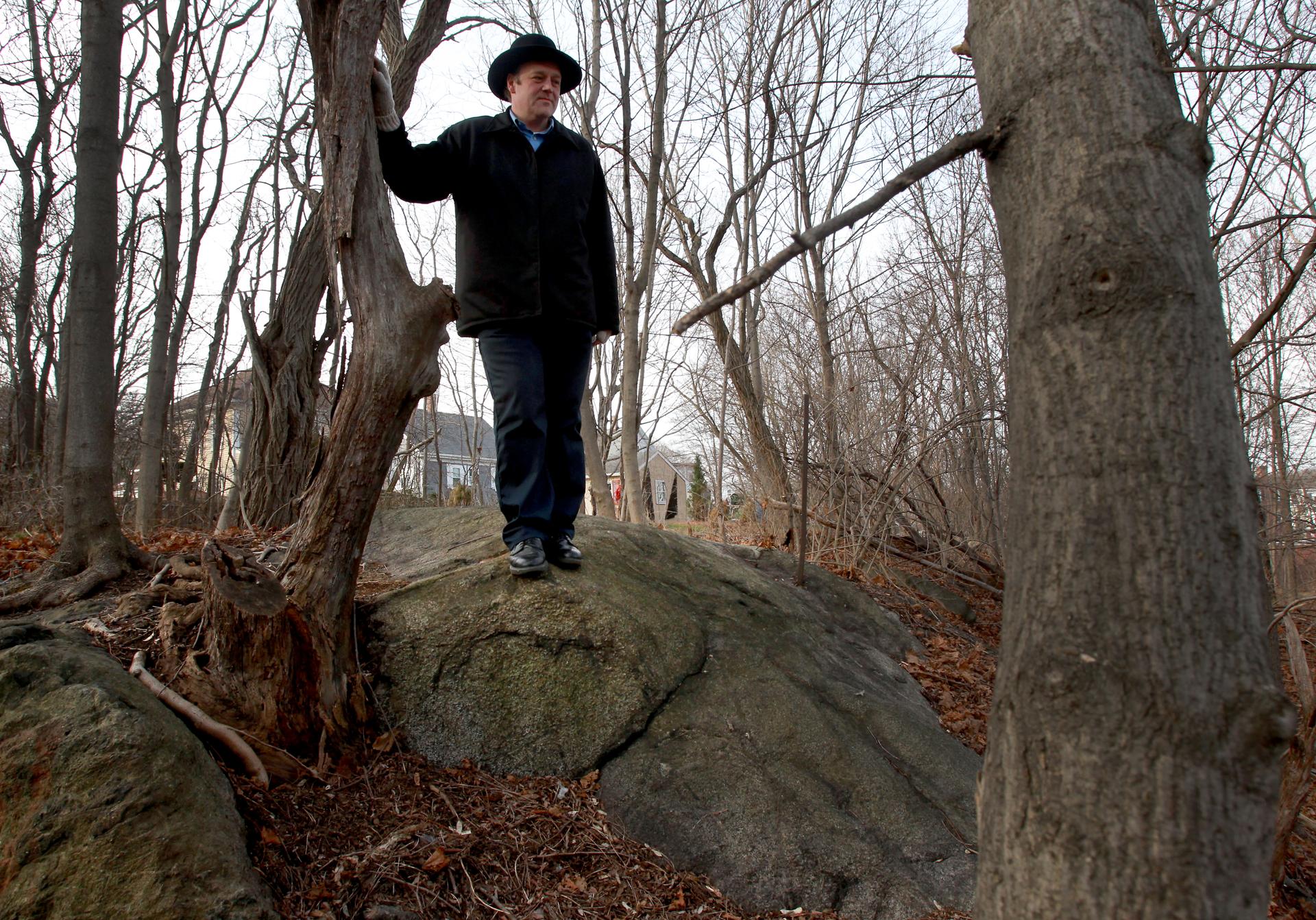
Since the hangings in 1692 were seen by people all over Salem, researchers used historical accounts and aerial photos to determine the exact location of the hangings in Salem.
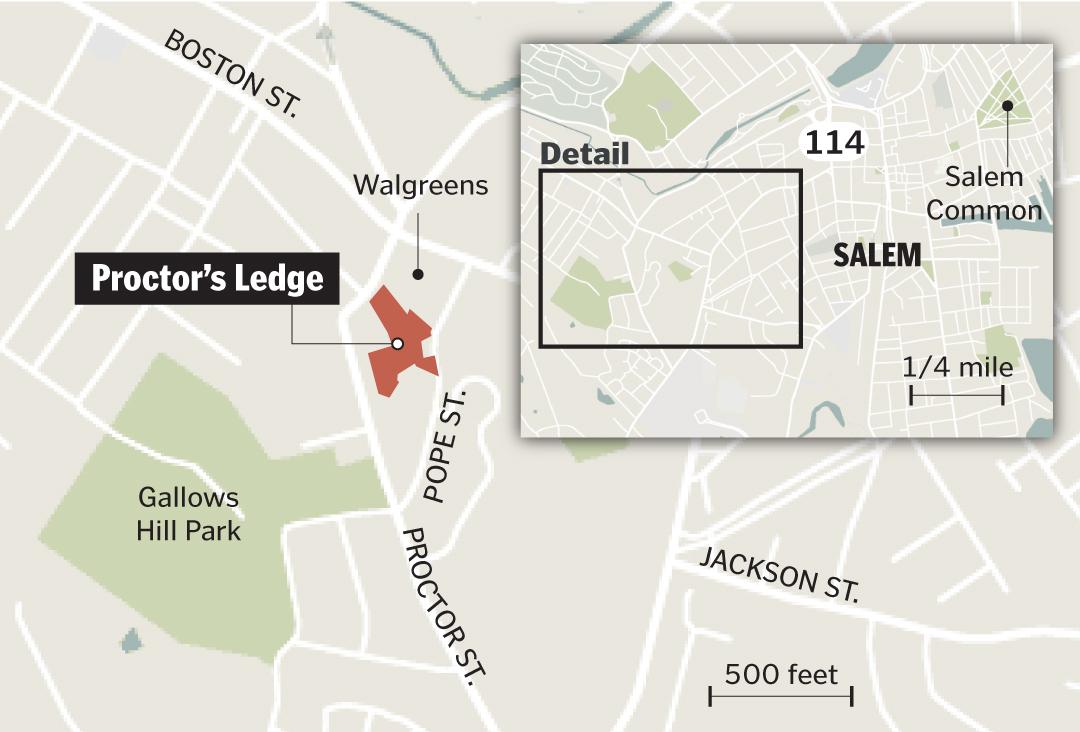
Gallows Hills, located just down the street from Proctor's Ledge, was considered the site of the hangings, but mapping software determined that Gallows Hills were not visible from the vantage point of historical eye witnesses.
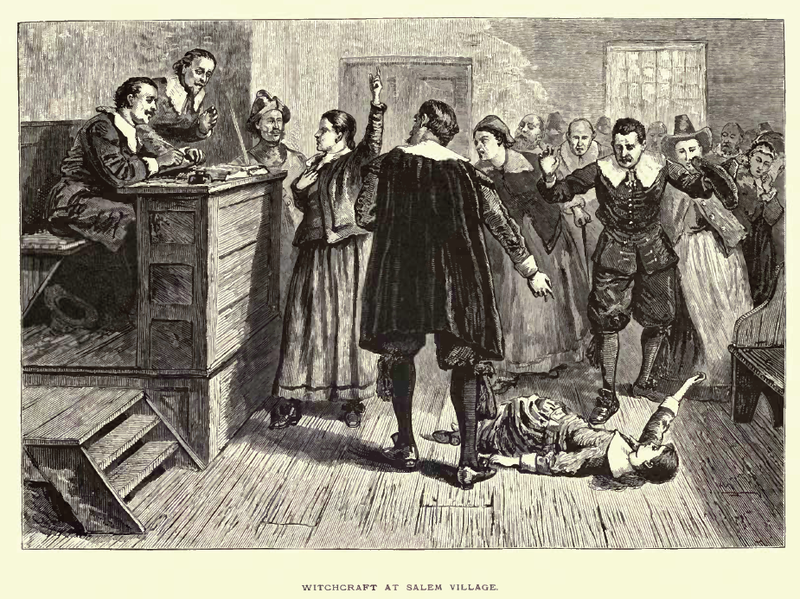
During the trials, the victims 'afflicted' by witchcraft would writhe and contort in apparent agony; they would stop once the believed 'witches' touched them, proving to the citizens of Salem that they were a witch.
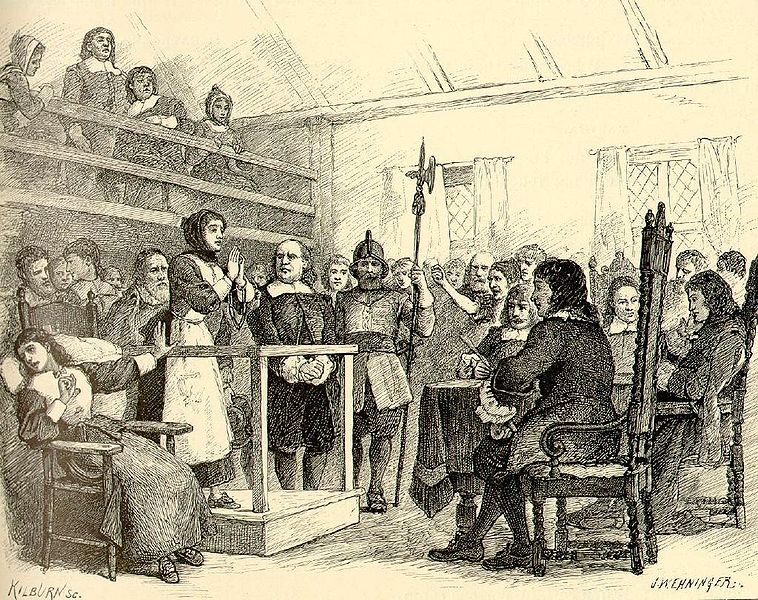
Out of the 20 men and women accused, 19 were hanged at Proctor's Ledge. Giles Corey was crushed to death after not cooperating with the court.
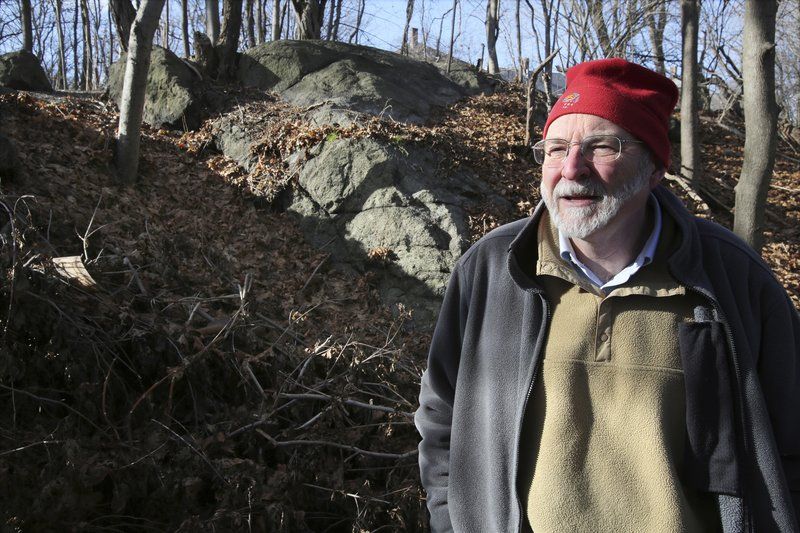
"I just get this tremendous sense of history here and also kind of the burden of that history in Salem," Emerson "Tad" Baker, a Salem State University professor, told the Boston Globe.
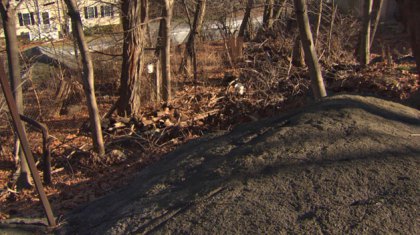
Proctor's Ledge was used as public land in the 17th century when the witch trials took place, and was later named after Thorndike Proctor after he bought the land in the 18th century. Thorndike Proctor is a descendant of a victim of the witch trials, John Proctor.

"Being in a spot where something happened, especially something important, you get a connection," Marilynne Roach told local NPR station WRBH. "You missed the event but you’re there. The way people feel on Civil War battlefields. The place becomes a monument to the people."
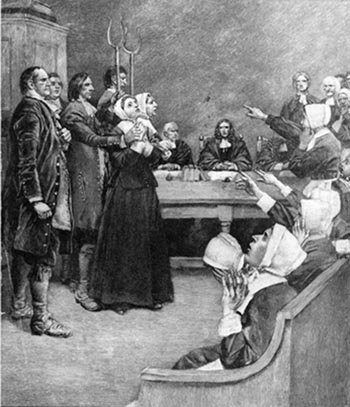
"Now that the location of this historic injustice has been clearly proven, the city will work to respectfully and tastefully memorialize the site," Salem Mayor Kim Driscoll wrote on Facebook. Memorials and museums already exist in Salem to honor the victims of the witch trials.
It is so important to be able to honor those who died in Salem over 300 years ago and know where their lives came to a tragic end, so that we can learn from the grave mistakes of the early villagers of Salem, Massachusetts.
Please SHARE if you think the Salem with trials are fascinating!


